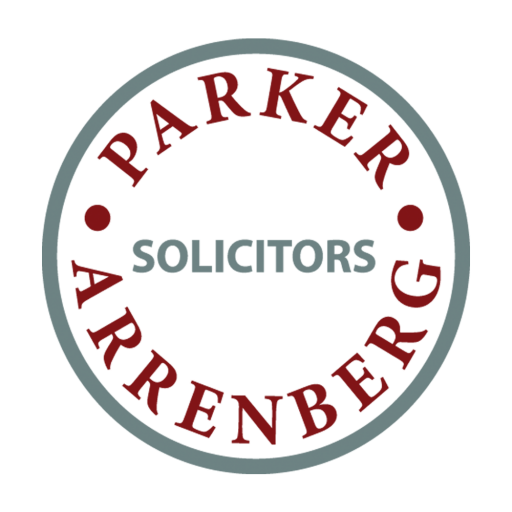Below are some of the common questions that clients have about the conveyancing process when they are purchasing their property. Often this could be from first time buyers who are new to the conveyancing process. The information provided is there to help you understand the process and can vary depending on your personal circumstances.
-
How long will it take?
A straightforward conveyancing process takes 6 weeks however this can vary due to the nature of the transaction, complexities involved and number of properties in the chain.
-
What is a Conveyancing “chain”?
A conveyancing chain is quite simply a series of linked house purchases and sales which are involved in a transaction and are dependent on another.
-
How much will it all cost?
For more information, please check our legal fees which are set out here.
-
When should I apply for a mortgage?
You should investigate your eligibility to obtaining a mortgage before you start looking for properties. Most lenders can provide you with a mortgage in principle. There are a huge variety of mortgage lenders on the market, but you need to find the one that best suits you and your needs.
Our firm is on the panel for the leading lenders, but it is worth checking to ensure we are on the panel so we can assist you in your purchase transaction.
-
When should I instruct my solicitor?
As soon as your offer for a purchase of a property has been accepted, you should instruct a solicitor so that both parties’ representatives are established. This will prevent any delay in the matter and will ensure that documents are exchanged with the correct people.
-
When do I know the property is mine?
After completion of the conveyancing process, you will be handed your keys to the property you purchased, and your property will be registered with the HM Land Registry under your name, and in most instances, you will be responsible for paying a mortgage which is when you know the property is yours.
-
What is the difference between “exchange” and “completion”?
The difference between exchange and completion is the exchange is when the exchange of contracts. Completion is when you move into the property.
-
What is stamp duty?
Stamp duty is a tax that you must pay when you buy a property over a certain price. There are varying amounts to pay, and it can also vary if you are a first-time buyer or a buying a second home.
To work out how much you would need to pay, you can calculate using the government stamp duty calculator here.
Below are the rates at the time this blog has been written.
Rates from 8 July 2020 to 30 June 2021
You can also use this table to work out the SDLT for the purchase price of a lease (the ‘lease premium’).
| Property or lease premium or transfer value | SDLT rate |
| Up to £500,000 | Zero |
| The next £425,000 (the portion from £500,001 to £925,000) | 5% |
| The next £575,000 (the portion from £925,001 to £1.5 million) | 10% |
| The remaining amount (the portion above £1.5 million) | 12% |
Rates from 1 July 2021 to 30 September 2021
You can also use this table to work out the SDLT for the purchase price of a lease (the ‘lease premium’).
| Property or lease premium or transfer value | SDLT rate |
| Up to £250,000 | Zero |
| The next £675,000 (the portion from £250,001 to £925,000) | 5% |
| The next £575,000 (the portion from £925,001 to £1.5 million) | 10% |
| The remaining amount (the portion above £1.5 million) | 12% |
Rates from 1 October 2021
These rates also apply if you bought a property before 8 July 2020.
You can also use this table to work out the SDLT for the purchase price of a lease (the ‘lease premium’).
| Property or lease premium or transfer value | SDLT rate |
| Up to £125,000 | Zero |
| The next £125,000 (the portion from £125,001 to £250,000) | 2% |
| The next £675,000 (the portion from £250,001 to £925,000) | 5% |
| The next £575,000 (the portion from £925,001 to £1.5 million) | 10% |
| The remaining amount (the portion above £1.5 million) |


